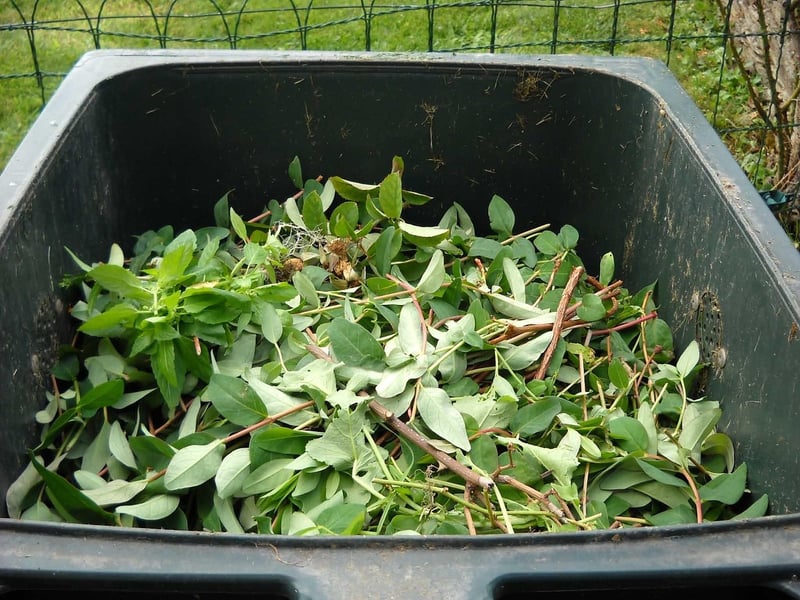Worm composting basics
#Recycling
#Soil health
#Worm composting
Master the Art of Turning Waste into Nutrient-Rich Soil: Worm Composting Basics

Worm composting, also known as vermicomposting, is a sustainable and eco-friendly way to recycle food scraps and organic waste into nutrient-rich soil for your plants. By harnessing the power of earthworms, you can create a natural fertilizer that will help your garden thrive.
The Benefits of Worm Composting
- Reduces waste sent to landfills
- Produces high-quality compost
- Enriches soil with essential nutrients
- Improves soil structure and aeration
- Supports healthy plant growth
Getting Started with Worm Composting
- Choose a suitable worm bin
- Add bedding material such as shredded newspaper
- Introduce red worms (Eisenia fetida or Eisenia andrei)
- Start feeding your worms with fruit and vegetable scraps
- Maintain proper moisture levels and aeration
- Harvest the compost once it is dark and crumbly
With a bit of effort and care, you can create a continuous cycle of nutrient-rich compost to feed your plants and reduce your carbon footprint. Embrace the art of worm composting and watch your garden flourish!
Ready to get started? Check out this beginner's guide to vermicomposting for more in-depth information.
